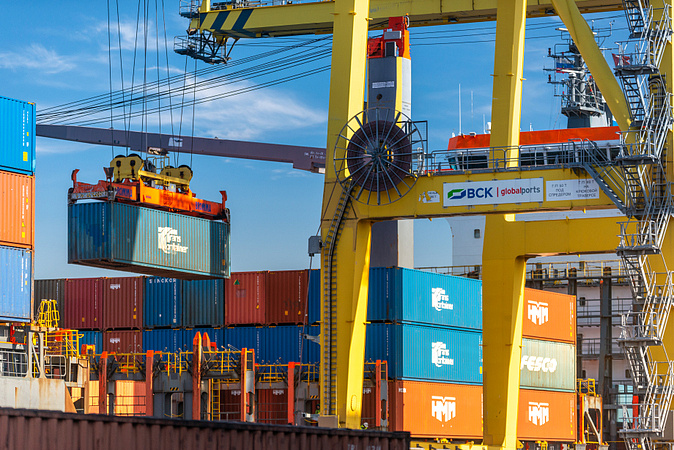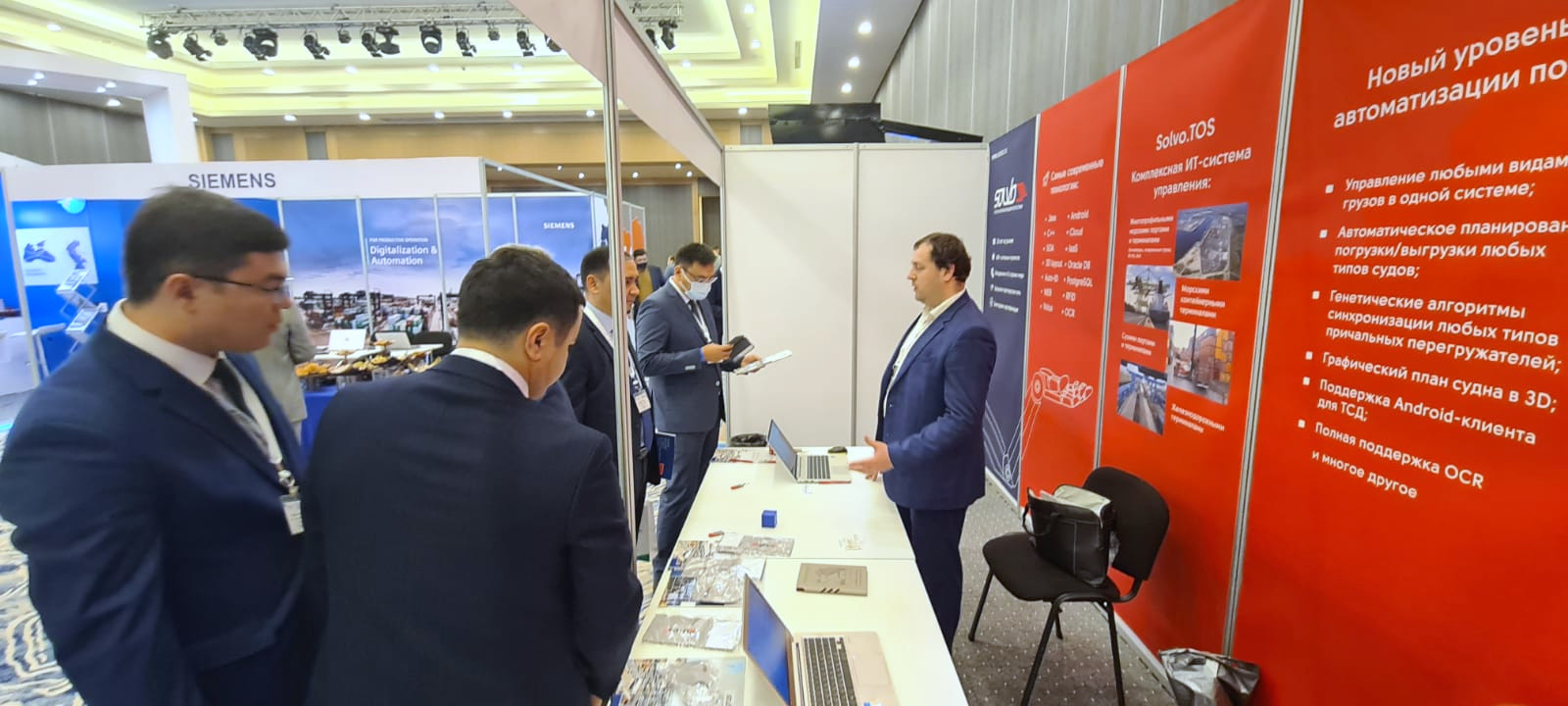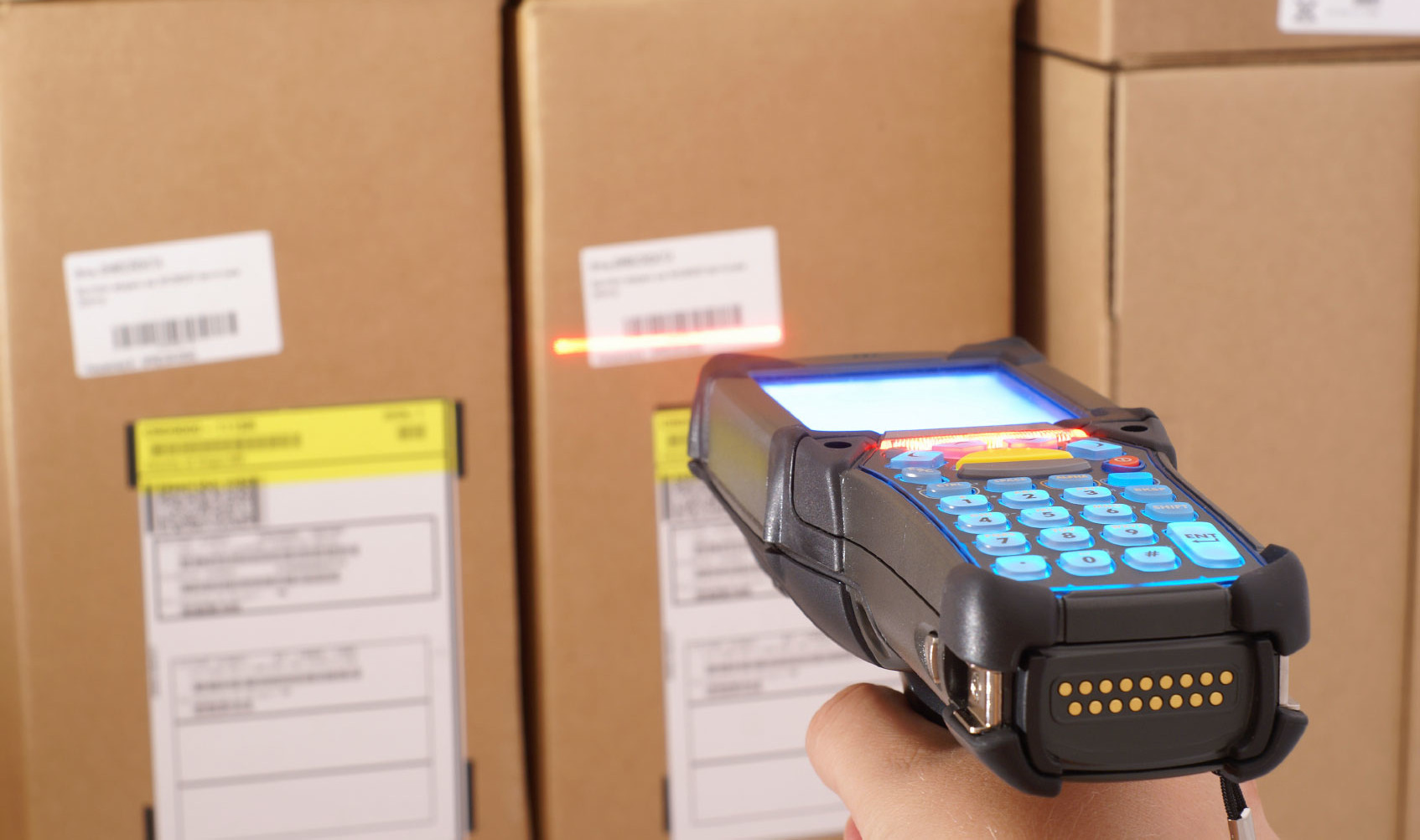





Radio data terminals (RDT) at a warehouse or cargo terminal are a kind of bridge for human interaction with WMS or TOS. Much has been said today about the role they play. But it is also important to pay attention to the automation of RDTs accounting. A company can significantly increase its efficiency and save resources by smartly storing and accounting not only cargo, but also warehouse equipment. Automation of control, storage and issuance of radio data terminals helps to reduce the paperwork, ease administrators work, simplify inventory processes, improve RDT service maintenance, increase the level of labor discipline, and even reduce conflicts among employees.
Typically, records on RDT issuance are made in paper journals, indicating the serial and the inventory number of the equipment. The employee who takes the radio data terminal into operation signs such a journal, marks the time and date of the receipt, and also leaves a comment on the equipment condition.
In this case, it is difficult to trace whether the employee who signed for the terminal really uses it all day, or he passed on the terminal to a colleague. Is it the same person who then gives this terminal back and signs in the journal? If the terminal is broken, who to ask at what stage and for what reason? Warehouses and cargo terminals usually have administrative personnel checking on the workers, instructing them, and so on.
Despite it partially helps to control the processes of issuing and receiving RDT, it is still difficult to analyze work efficiency and forecast future business process. It is necessary to check all paper records of the reception and issue of data collection terminals manually, take notes and systematize important information about problems that have arisen, record how many times each unit of equipment was used, which RDTs and how often were sent for repairs. That takes a lot of time and efforts of the administrative staff!
And we are not yet talking about systematizing the collected information in order to make further forecasts: how many batteries and for which terminals need to be purchased for the next quarter, which equipment models wear out faster and why?

SOLVO offers an automated system for RDT accounting as a solution. System automatically controls the issuing and receiving, operation and condition, sending and returning radio data terminals from repair.
Any activities related to RDT are displayed in the accounting system: the selected model of equipment, time and employee name, RDT return time, any damages or failures, need for repair. The system displays the status of each radio data terminal in real time: in operation, out of order, under repair, available for use.
The system records and saves a complete history of actions with each terminal. Information about terminals can be classified and grouped by manufacturers, service life, and other criteria. The manager only needs to analyze the data available in the system and make a forecast for the purchase of components, replacement of certain models of equipment, and so on.
RDTs are stored in special automated terminals with ID scanners.
To receive and return equipment, an employee should use his ID badge, and the terminal is equipped with a barcode or RFID tag:



If an employee returns a faulty device, he must leave a note about it, otherwise the automated terminal will not accept the RDT. In case something is wrong with the device placed in the cell, it is highlighted in red. The employee should describe the cause of the problem and only after that the terminal accepts the faulty device. Information about this is promptly entered into the accounting system, which helps to take measures to repair or replace the RDT quickly.
Thereafter, the technical support engineer sees through the accounting system how many devices and from which cells need to be taken for repair work.
When the engineer completes the repair of the device, he marks in the accounting system failures that have been fixed, after which he gains access to any free cell of the box and places the repaired terminal there. The system takes that terminal under control again.

Solvo.TOS, Solvo.WMS and Solvo.Yard have wide integration capabilities, so logistics companies are able comfortably receive all statistics and reporting, manage all RDT resources in the "single window" mode.
In the short term, the RDT accounting system helps:
Involve fewer people in the process of issuing and monitoring the RDT usage - control and verification are carried out automatically, reducing the staff workload.
Increase the responsibility and discipline of employees when using RDT. This helps to reduce the amount of physical damage to equipment, as well as save time and resources for the company on its maintenance.
Understand the movement of material resources for equipment by predicting the purchase of components.
Increase the efficiency of employees working with terminals through timely measures for the repair and replacement of components.
Collect statistics on the failure’s frequency on a particular model of equipment.
In the long term, there is an opportunity to proactively work out, develop and optimize the use of RDT by the company in accordance with the current business objectives. The accounting system for radio data terminals grows and develops together with the company, based on the tasks and the realities of the current time, as well as the challenges of tomorrow.





